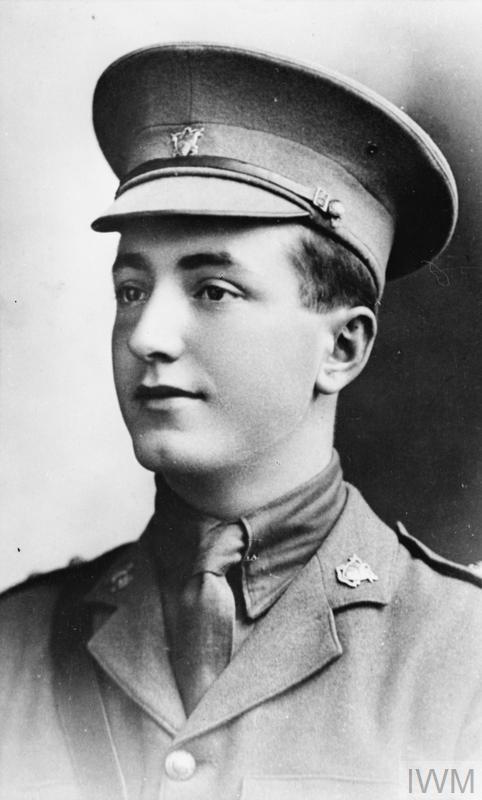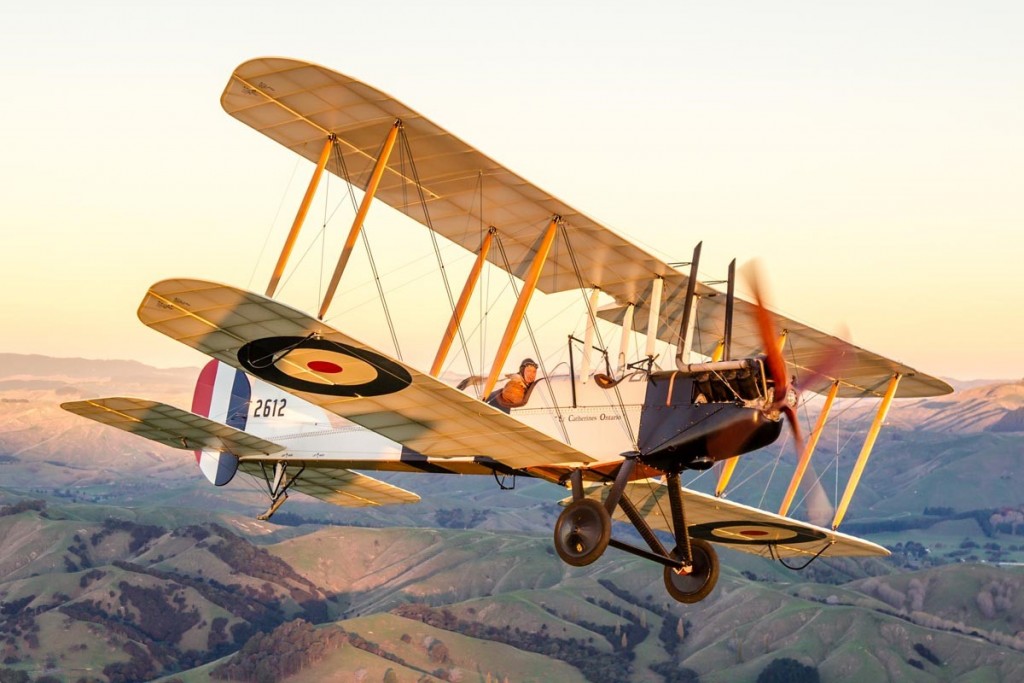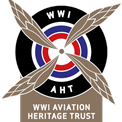
Supplement to the London Gazette on 8 June 1917
For most conspicuous bravery and devotion to duty during an aerial bomb attack upon a hostile construction train, when one of our pilots was forced to land behind the enemy’s lines. Lt. McNamara, observing this pilot’s predicament and the fact that hostile cavalry were approaching, descended to his rescue. He did this under heavy rifle fire and in spite of the fact that he himself had been severely wounded in the thigh. He landed about 200 yards from the damaged machine, the pilot of which climbed onto Lt. McNamara’s machine, and an attempt was made to rise. Owing, however, to his disabled leg, Lt. McNamara was unable to keep his machine straight, and it turned over. The two officers, having extricated themselves, immediately set fire to the machine and made their way across to the damaged machine, which they succeeded in starting. Finally Lt. McNamara, although weak from loss of blood, flew this machine back to the aerodrome, a distance of seventy miles, and thus completed his comrade’s rescue.

The drama of this brave episode is not entirely captured by the citation. McNamara and his wing man were flying Martinsydes armed with bombs made from converted artillery shells. One of these bombs detonated prematurely as he was trying to bomb a train badly damaging his aircraft and injuring him in the right thigh. As he climbed out from the attack he noticed that one of the BE2cs that they had been escorting was on the ground with Turkish cavalry approaching who were known to pay little attention to the concept of prisoners of war. Having crashed trying to get airborne with his fellow pilot sitting on the wing of his Martinsyde, McNamara then extracted himself from the cockpit and got back to the BE2 by which time the cavalry were in rifle range.
The BE had been damaged during the bombing runs and the subsequent emergency landing – bracing wires broken, a tyre had come off, and a drum of Lewis gun ammunition wedged under the rudder bar. Those of you who have witnessed more recent attempts to start a BE in a hurry without any distractions will be aware of what a lottery it is. However, McNamara not only got the badly damaged back in the air but then flew it for over an hour back to base and landed safely. His ordeal was not over as he then nearly died when he got back from a reaction to a hastily administered tetanus jab and he got burned when attempts to revive his circulation using preheated bricks touched his bare skin. He survived the War and went on to serve with distinction in WW2 retiring in 1946.
